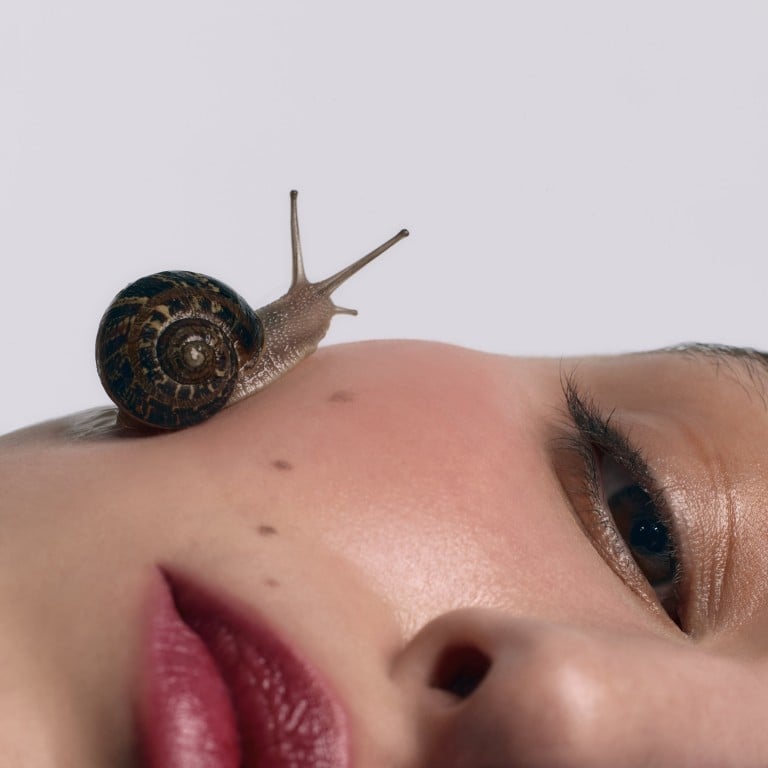While vegan or plant-based skincare products once held sway, now animal-based remedies are topping TikTok trends – but this time they have a modern twist and are a more ethical solution than they once were Vegan skincare once held court as the undisputed queen of the beauty aisle, flaunting plant-powered formulas that promised to banish dullness and moral guilt in one green swipe. But social media thrives on reinvention, and the tides have recently turned. Enter the primal allure of animal-based skincare, a revival that’s part old-world remedy, part TikTok-fuelled fascination.
Leading this renaissance is beef tallow, an ingredient once relegated to pie crusts and candles , now rebranded as a moisturising marvel. With a fatty acid profile said to mimic the skin’s natural oils, beef fat is feted for addressing everything from dryness to fine lines. {"@context":"https://schema.

org","@type":"ImageObject","caption":"Tallow Original Balm. Photo: Handout","url":"https://img.i-scmp.
com/cdn-cgi/image/fit=contain,width=1024,format=auto/sites/default/files/d8/images/canvas/2025/04/02/704f0e90-5344-495b-b690-eea1dc5f1cb5_127a5f12.jpg"} Tallow Original Balm. Photo: Handout Advertisement “Some people think that beef tallow is unethically sourced,” explains Stella Dinnis, medical aesthetician at Florida-based St Pete Wellness & MedSpa.
“However, it can be sourced responsibly – the animals are raised ethically and live in natural conditions. Also, tallow is usually a by-product of the meat industry, so it uses parts of the animal that would [otherwise] go to waste.” Dinnis also dismisses a common misconception: “Many assume it clogs your pores because of the grease, but tallow is easily absorbed, which helps hydrate and repair the skin.
Its structure is similar to the oils we produce in our skin.” Still, she cautions that everyone’s skin is different. Animal-based skincare may seem novel in today’s world of lab-engineered serums, but its history runs deep.
The ancient Egyptians slathered themselves in animal fats and honey; the ancient Greeks swore by donkey-milk baths for radiant skin; while in Korea, snail mucin – the central component of mucus – has been a beauty staple for centuries, revered for its hydrating and healing properties. {"@context":"https://schema.org","@type":"ImageObject","caption":"COSRX Advanced Snail 92.
Photo: Handout","url":"https://img.i-scmp.com/cdn-cgi/image/fit=contain,width=1024,format=auto/sites/default/files/d8/images/canvas/2025/04/02/6bb422a9-25c5-43e5-b3a4-f76201032164_ad84649c.
jpg"} COSRX Advanced Snail 92. Photo: Handout In today’s market, animal-derived collagen , for example, is often praised for its anti-ageing properties, but how does it compare to plant-based or synthetic options? “A problem with plant-based alternatives is that they are not technically collagen,” notes Dr Gizem Seymenoglu, a medical aesthetician at the Longevita clinic in London. “That’s because plants do not produce this protein.
However, in light of the environmental impact of bovine and marine collagen, vegan collagen does offer a suitable alternative,” she adds. Dr Hannah Kopelman, a dermatologist at the New York branch of Kopelman Hair Restoration, explains that the effectiveness of animal-derived collagen lies in the fact that it contains the same amino acids our bodies use to build collagen – like glycine, proline and hydroxyproline. “These act as building blocks to replenish and repair the skin’s collagen matrix,” she says.
{"@context":"https://schema.org","@type":"ImageObject","caption":"La Prairie Skin Caviar. Photo: Handout","url":"https://img.
i-scmp.com/cdn-cgi/image/fit=contain,width=1024,format=auto/sites/default/files/d8/images/canvas/2025/04/02/62bedade-3766-4f01-a03a-e74964fd7f94_64e6273a.jpg"} La Prairie Skin Caviar.
Photo: Handout Egg-white facials, straight from vintage beauty lore, are also making a comeback. This DIY trend involves slathering whisked egg whites on to the face to tighten pores and smooth the skin. While proteins in egg whites offer a lifting effect, the result is often short lived, and once you factor in the smell, and risks like salmonella and allergies, the experience is far from spa-worthy.
Still, influencers are actively flaunting their “egg-white glow” all across social media. No discussion of animal-based skincare would be complete without mentioning snail mucin. This K-beauty staple – packed with glycoproteins, hyaluronic acid and glycolic acid – delivers hydration, repair and anti-ageing benefits.
Backed by science and generally well tolerated, it’s earned a global following, though ethical concerns and an “ick factor” give some pause. Another contender is bee venom, which has also created a buzz (pun intended) as “nature’s Botox”. Gwyneth Paltrow champions its plumping effects, while luxury brands use tiny doses of the venom to boost collagen and reduce inflammation.
.
Entertainment

Animal-based skincare is back: Gwyneth Paltrow is a fan of bee venom, K-beauty favours snail mucin and some swear by salmon sperm, while La Prairie, Rodial boast innovative products

While vegan or plant-based skincare products once held sway, now animal-based remedies are topping TikTok trends – but this time they have a modern twist and are a more ethical solution than they once were.















